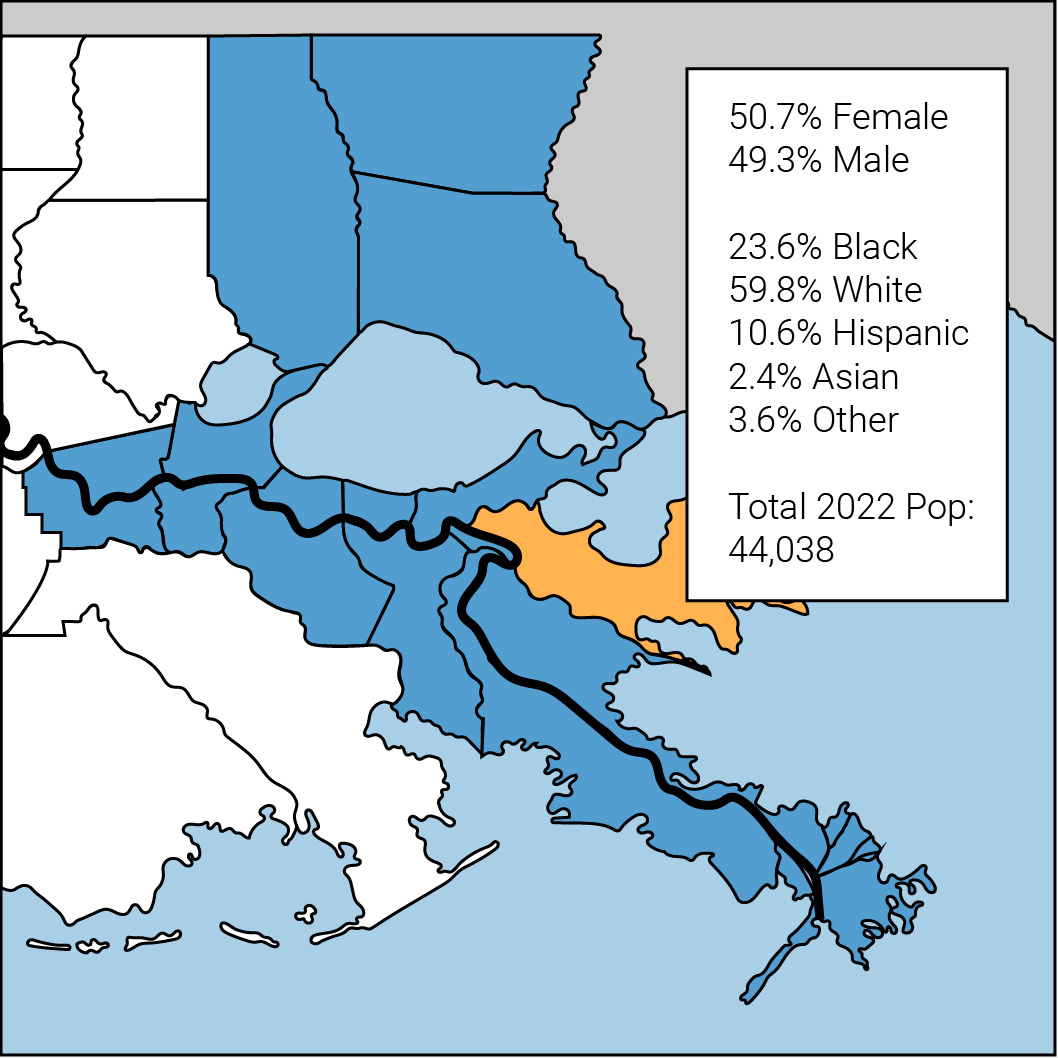By definition, poverty for children is a function of their family’s household income. In other words, the wages of adult family members determine whether children within the household live in poverty. Poverty status is determined by comparing a family’s annual income to a set of poverty thresholds (in dollars) that vary by family size, number of children, and age of householder.[i] If a family’s pretax income is less than their given poverty threshold, then that family and every individual in it are counted as living in poverty.
Scientific research has shown that child poverty can lead to chronic, toxic stress that disrupts the architecture of the developing brain. Children in poverty are much more likely to experience exposure to violence, chronic neglect, and the accumulated burdens of economic hardship. This kind of chronic stress causes prolonged activation of the stress response system which, in turn, can disrupt the development of brain architecture, leading to lifelong difficulties in learning, memory, and self-regulation.[ii] In short, scholars argue that poverty may be the single greatest threat to children’s healthy brain development.[iii] Moreover, child poverty has been linked to poor health outcomes in adults.[iv]





